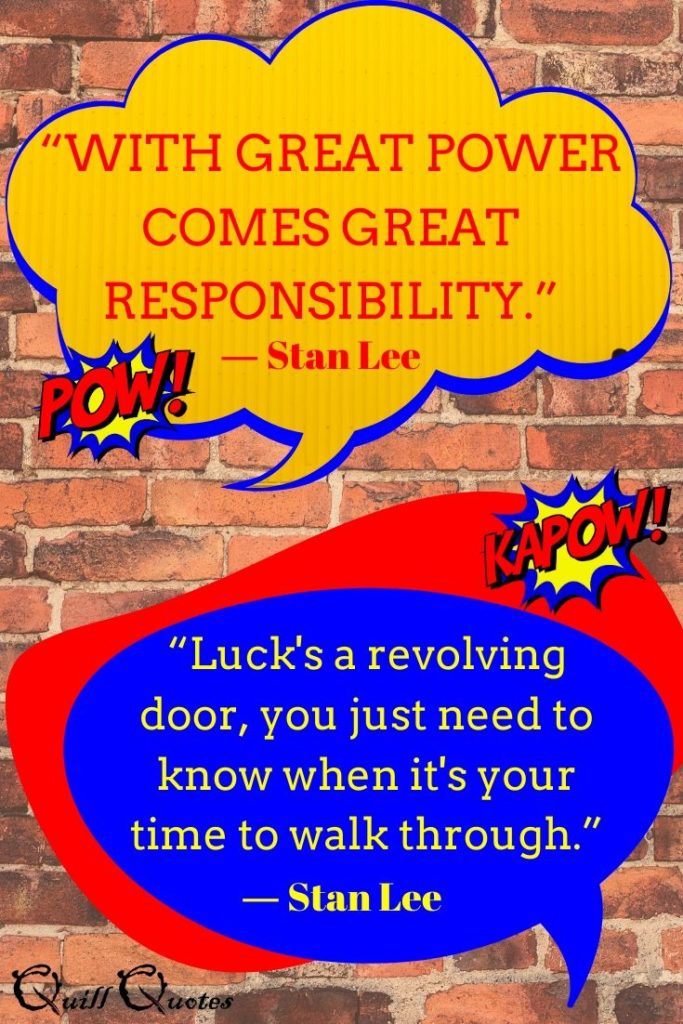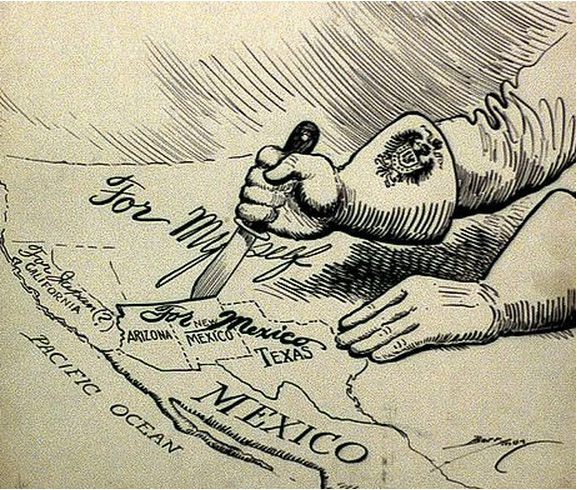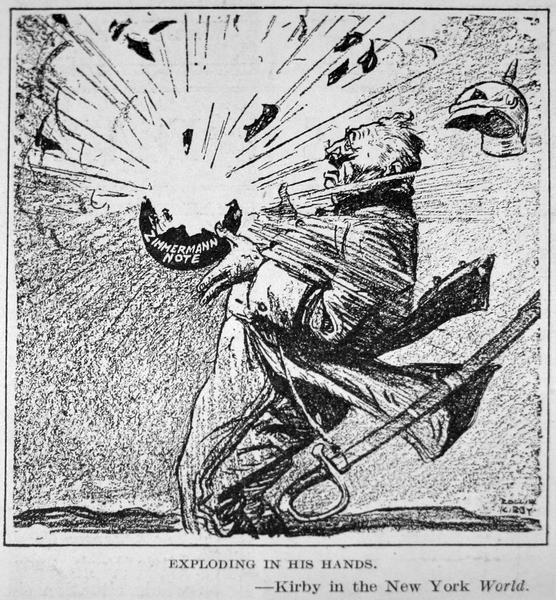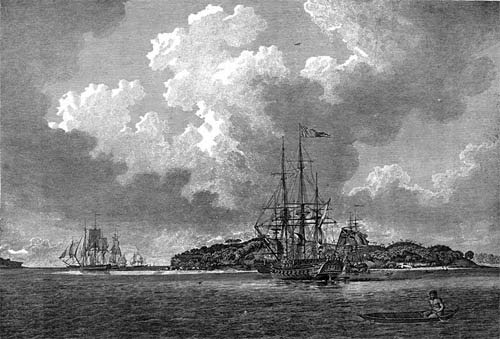There is always much to learn from quotes and their historical significance. Read on for a collection of quotes and general history from January 12th – 18th.

January 12, 1939
“Marvel is a cornucopia of fantasy, a wild idea, a swashbuckling attitude, an escape from the humdrum and the prosaic. It’s a serendipitous feast for the mind, the eye, the imagination, a literate celebration of unbridled creativity, coupled with a touch of rebellion and an insolent desire to spit in the eye of the dragon.”
– Stan Lee, Excelsior!: The Amazing Life of Stan Lee
On January 12, 1939, Timely Comics was founded by Martin Goodman, later becoming Marvel! Although Marvel Comics #1 was one of Timely’s first publications in November 1939, it was many years before the name became official. First, Timely Comics was rebranded as Atlas Comics in 1951 using the globe logo of Goodman’s Atlas News Company. Then, in 1961, the Marvel Comics name was formally adopted. Goodman sold Marvel Comics in 1969 and it has changed hands many times since then. Most recently, acquired by The Walt Disney Company in 2009. Coming full circle, the trademark “Timely Comics” was registered in 2015 to serve as the name for a new line of low-priced reprint comics.

January 13, 1908
“If you go back to the early days of aviation, the guys designing it built it, and then they got in it and flew it. I mean, who does that anymore?”
– Graham Hawkes
On January 13, 1908, Henri Farman flew the first complete 1 km circuit, winning the 50,000-franc Grand Prix d’Aviation. Already an accomplished French sportsman in cycling and motor racing, Henri took an immediate interest in aircraft when the Voisin brothers began building them in 1907. After the 1 km circuit, he continued to set many early records for flight distance and duration. After Voisin began using Henri’s specifications for other customers in 1909, Henri partnered with his two brothers, Maurice and Richard (Dick), to form the Farman Aviation Works and build their own aircraft. They built many successful aircraft and their design innovations were imitated to the point that the layout became known as the “Farman Type”!
January 14, 1943
“Peace can come to the world only by the total elimination of German and Japanese war power. Some of you Britishers know the old story — we had a General called U.S. Grant. His name was Ulysses Simpson Grant but in my, and the Prime Minister’s, early days he was called “Unconditional Surrender” Grant. The elimination of German, Japanese and Italian war power means the unconditional surrender by Germany, Italy and Japan.”
– Franklin D. Roosevelt
The Casablanca Conference began on January 14, 1943, for the Allies to plan the next phase of World War II. Although many topics were addressed over 10 days, the highlight of the resulting Casablanca Declaration was the announcement that the Allies would accept nothing less than the “unconditional surrender” of the Axis powers. This policy has been the subject of much debate ever since, with some claiming it unnecessarily prolonged the war by forgoing other peace options. To attend the conference, Franklin D. Roosevelt flew to Casablanca to avoid the dangers of German U-boats in the Atlantic, becoming the first U.S. president to travel by airplane while in office.

January 15, 1759
“The British Museum was founded with a civic purpose: to allow the citizen, through reasoned inquiry and comparison, to resist the certainties that endanger free society and are still among the greatest threats to our liberty.”
– Neil MacGregor
The British Museum opened in London on January 15, 1759, as the world’s first public national museum. The initial collection was largely based on that of Irish physician and naturalist Sir Hans Sloane, who willed approximately 71,000 objects to King George II for the nation. This led to the British Museum Act of 1753 and the establishment of the public museum in a converted 17th-century mansion, the Montagu House. Over the years, the collection has steadily grown to some 8 million works spanning the whole of human history, not including those split off to the Natural History Museum in 1881 and the British Library in 1973. Unfortunately, the British Museum’s possession of some of its most famous objects has been disputed by other countries leading to international controversy. This is particularly true for objects procured during the British Empire’s period of colonization, such as the Parthenon Marbles and Rosetta Stone.
January 16, 1917
“We intend to begin on the first of February unrestricted submarine warfare. We shall endeavor in spite of this to keep the United States of America neutral. In the event of this not succeeding, we make Mexico a proposal of alliance on the following basis: make war together, make peace together, generous financial support and an understanding on our part that Mexico is to reconquer the lost territory in Texas, New Mexico, and Arizona.”
– German Foreign Secretary Arthur Zimmermann
On January 16, 1917, the Zimmerman Telegram was sent from Germany to Mexico proposing a military alliance where Mexico would reclaim Texas, Arizona, and New Mexico should the United States enter World War I against Germany. British intelligence intercepted and decoded the telegram but was initially reluctant to tell the United States as it would reveal they were intercepting its cable traffic and had broken the German code. After a cover story was put in place, the message was released to the U.S. Embassy in Britain on February 19th. Following verification, President Woodrow Wilson released the message to the media on February 28th. Coupled with the return of unrestricted submarine warfare, public opinion quickly turned in favor of war against Germany and the U.S. entered WWI on April 6th.

Although this is from World War I, it reminds me of the split seen in The Man in the High Castle by Philip K. Dick.

January 17, 1893
“I Liliʻuokalani, by the Grace of God and under the Constitution of the Hawaiian Kingdom, Queen, do hereby solemnly protest against any and all acts done against myself and the Constitutional Government of the Hawaiian Kingdom by certain persons claiming to have established a Provisional Government of and for this Kingdom.
That I yield to the superior force of the United States of America whose Minister Plenipotentiary, His Excellency John L. Stevens, has caused United States troops to be landed at Honolulu and declared that he would support the Provisional Government.
Now to avoid any collision of armed forces, and perhaps the loss of life, I do this under protest and impelled by said force yield my authority until such time as the Government of the United States shall, upon facts being presented to it, undo the action of its representatives and reinstate me in the authority which I claim as the Constitutional Sovereign of the Hawaiian Islands.”
– Queen Liliʻuokalani
On January 17, 1893, Queen Liliʻuokalani was deposed in the overthrow of the Hawaiian Kingdom. Her efforts to draft a new constitution that would restore power to the monarchy threatened the status of many foreigners. Thus, supported by American minister John L. Stevens and U.S. Marines called in to protect American interests, the revolutionaries established the Republic of Hawaii, ultimately hoping for annexation to the United States. However, U.S. President Grover Cleveland believed the overthrow was an abuse of power and sought to restore the Hawaiian monarchy, delaying annexation until 1898 when William McKinley succeeded him as president. After two years under house arrest and an unsuccessful uprising to restore the monarchy, Queen Liliʻuokalani was forced to abdicate the Hawaiian throne. Written during her imprisonment, her autobiography Hawaii’s Story by Hawaii’s Queen sought to garner support for restoring the monarchy. While the monarchy was never restored, 100 years later in 1993, President Bill Clinton signed the Apology Resolution in one of only five times the U.S. government has formally apologized for its actions.
January 18, 1788
“John Limeburner, the oldest colonist in Sydney, died in September last, at the advanced age of 104 years. He helped to pitch the first tent in Sydney, and remembered the first display of the British flag there, which was hoisted on a swamp oak-tree, then growing on a spot now occupied as the Water-Police Court. He was the last of those called the ‘first-fleeters’ (arrivals by the first convict ships) and, notwithstanding his great age, retained his faculties to the last.”
– South Australian Register, November 3, 1847
The First Fleet began arriving in Botany Bay, Australia on January 18, 1788, carrying between 1,000 and 1,500 people (mostly convicts) to establish a penal colony that became the first European settlement in Australia. Having departed Portsmouth, England on May 13, 1787, the 11 ships comprising the First Fleet had completed one of the world’s greatest sea voyages without losing a ship! Contrary to the reports of explorer James Cook, Botany Bay proved a poor location for a colony, prompting Captain Arthur Phillip to evaluate other bays to the north. He decided on Port Jackson, which he described as “the finest harbour in the world, in which a thousand sail of the line may ride in the most perfect security.” There, Sydney Cove was founded on January 26th, named after British Home Secretary Lord Sydney.

In case you missed last week’s quotes, see History January 5th – 11th.
To never miss a Quill Quotes post, please subscribe via email and/or follow us on social media!
Leave a Reply